Home>Gardening & Outdoor>Landscaping Ideas>How Often Water Grass In Fall
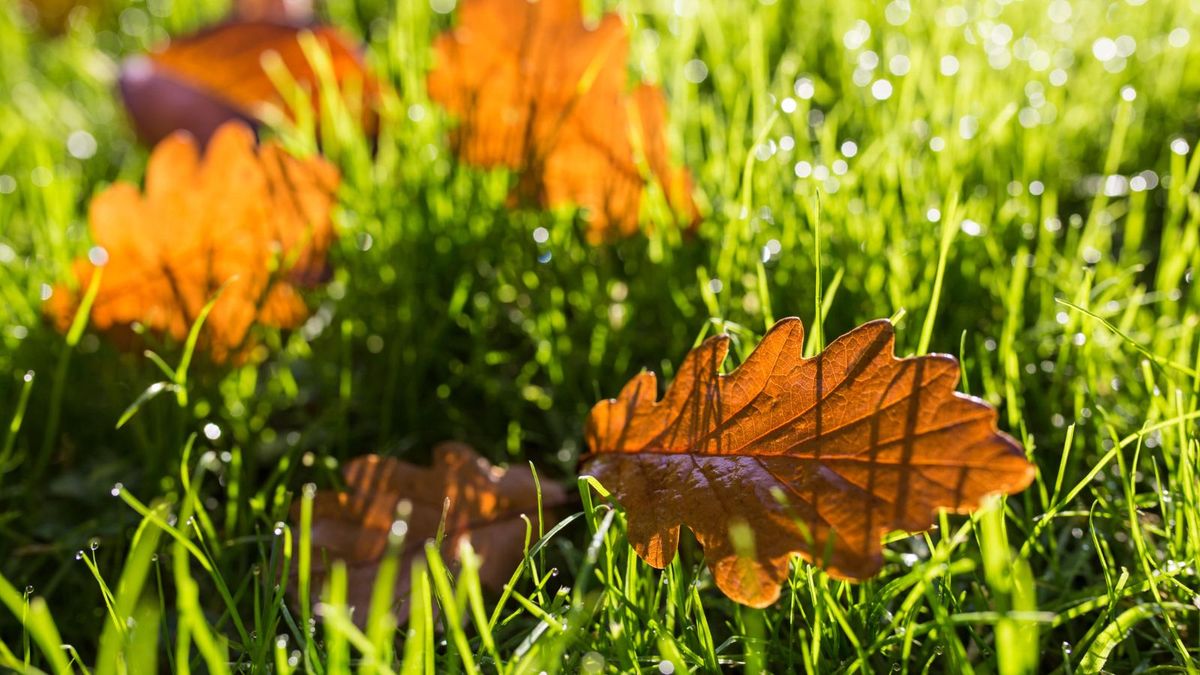

Landscaping Ideas
How Often Water Grass In Fall
Modified: October 18, 2024
Discover expert landscaping ideas for watering grass in the fall. Learn how to maintain a healthy lawn with our helpful tips and advice. Ideal for homeowners and garden enthusiasts.
(Many of the links in this article redirect to a specific reviewed product. Your purchase of these products through affiliate links helps to generate commission for Storables.com, at no extra cost. Learn more)
Introduction
Fall brings about a unique set of challenges and opportunities for lawn care enthusiasts. As the vibrant hues of summer gradually give way to the rich, earthy tones of autumn, it’s essential to adapt our approach to watering the grass. Understanding the specific water needs of grass during this transitional season is crucial for maintaining a healthy and lush lawn. In this comprehensive guide, we’ll delve into the intricacies of watering grass in the fall, exploring the factors that influence watering frequency and the telltale signs of overwatering and underwatering. By the end of this journey, you’ll be equipped with the knowledge and best practices necessary to nurture your grass to its full potential during the fall months.
Key Takeaways:
- Water grass less often in fall as the cooler weather reduces evaporation. Adjust watering based on grass type, soil, and weather conditions to prevent overwatering or underwatering.
- Watch for signs of overwatering and underwatering, such as wilting or fungal growth. Follow best practices like deep watering and early morning irrigation to maintain a healthy, resilient lawn.
Read more: How Often To Water The Grass
Understanding the Water Needs of Grass in Fall
As the temperatures begin to cool and the days grow shorter, the water requirements of grass undergo a significant shift. Unlike the scorching days of summer when frequent watering is essential to combat heat stress, the fall season presents a different set of demands for grass care. During this time, the grass experiences reduced evaporation rates and slower growth, leading to decreased water usage.
However, despite the diminishing water needs, it’s crucial to recognize that the grass still requires adequate moisture to prepare for the dormant winter months. Insufficient watering can leave the grass vulnerable to winter desiccation, a condition in which the grass blades dry out and become susceptible to damage from freezing temperatures and harsh winds. Therefore, striking the right balance in watering frequency and volume is pivotal to fortifying the grass for the impending winter.
Moreover, the type of grass in your lawn plays a pivotal role in determining its fall water requirements. Cool-season grasses such as fescue, bluegrass, and ryegrass typically experience a surge in growth during the fall, necessitating a moderate amount of water to facilitate healthy development. On the other hand, warm-season grasses like Bermuda grass or Zoysia grass gradually enter dormancy as the temperatures drop, necessitating a reduction in watering frequency.
By comprehending the evolving water needs of grass in the fall and tailoring our watering practices accordingly, we can ensure that our lawns remain resilient and vibrant throughout the seasonal transition.
Factors Affecting Watering Frequency
Several factors come into play when determining the optimal watering frequency for grass during the fall months. By considering these factors, we can fine-tune our watering regimen to meet the specific needs of the grass and promote its overall health.
- Weather Conditions: The prevailing weather patterns exert a significant influence on watering frequency. Periods of unseasonably warm and dry weather may necessitate more frequent watering to compensate for the heightened moisture loss, while cooler and wetter spells may reduce the need for irrigation.
- Grass Type: The type of grass in your lawn profoundly impacts its watering requirements. Cool-season grasses thrive with consistent moisture during their active growth phase in the fall, whereas warm-season varieties gradually taper off their water needs as they prepare for dormancy.
- Soil Composition: The soil’s ability to retain moisture, drainage characteristics, and organic content all play a crucial role in determining watering frequency. Sandy soils drain quickly and may necessitate more frequent watering, while clay soils retain moisture for longer periods.
- Grass Health: The overall health and vigor of the grass also influence its water requirements. Well-fertilized and aerated lawns tend to have better moisture retention and may require less frequent watering compared to stressed or compacted lawns.
- Shade and Sunlight: The amount of shade and sunlight that reaches the lawn area affects evaporation rates and, consequently, the grass’s water needs. Shaded areas may require less frequent watering due to reduced evaporation, while sun-drenched spots may demand more attention.
By carefully considering these factors and observing the grass’s response to watering, we can adjust our approach to achieve an optimal balance that sustains the health and vitality of the lawn throughout the fall season.
Signs of Overwatering and Underwatering
Recognizing the signs of overwatering and underwatering is crucial for maintaining the health and vigor of the grass during the fall. Both conditions can have detrimental effects on the lawn, making it essential to be attentive to the subtle cues that indicate an imbalance in moisture levels.
Signs of Overwatering:
Overwatering can lead to a host of issues, including root suffocation, fungal diseases, and nutrient leaching. Identifying the following signs can help prevent the detrimental effects of overwatering:
- Waterlogged Soil: Excessive watering can saturate the soil, leading to waterlogging. This may manifest as standing water or squishy, waterlogged patches in the lawn.
- Yellowing and Wilting: Grass that is receiving too much water may exhibit yellowing or wilting, indicating stress and potential root damage.
- Fungal Growth: Overly moist conditions create a breeding ground for fungal diseases such as powdery mildew and brown patch, which can manifest as white or brown patches on the grass.
- Increased Weed Growth: Excessive moisture can promote weed growth, as many weed species thrive in consistently damp environments.
Read more: How Often To Water Zoysia Grass
Signs of Underwatering:
Insufficient watering can leave the grass vulnerable to stress and damage, particularly as it prepares for the winter dormancy. Watch out for these indicators of underwatering:
- Wilting and Browning: Underwatered grass may appear wilted, with blades taking on a brown or straw-like hue as they struggle to retain moisture.
- Slow Growth: A lack of water can impede the grass’s growth, resulting in a visibly stunted or slow development.
- Footprints Persisting: When walked upon, underwatered grass may not bounce back, and footprints or imprints may linger, indicating a lack of turgor pressure in the grass blades.
- Thinning and Bare Patches: Areas of the lawn may exhibit thinning or bare patches, indicating the grass’s struggle to thrive in the absence of sufficient moisture.
By attentively observing these signs and adjusting our watering practices accordingly, we can ensure that the grass receives the optimal amount of moisture to thrive during the fall season.
Best Practices for Watering Grass in Fall
Implementing best practices for watering grass in the fall is essential for nurturing a resilient and vibrant lawn that can withstand the seasonal transition. By adhering to these guidelines, you can optimize your watering regimen to meet the specific needs of the grass and promote its overall health.
1. Adjust Watering Frequency:
Monitor the weather conditions and adjust your watering frequency accordingly. During dry and warm spells, increase watering as needed to compensate for moisture loss, while reducing irrigation during cooler and wetter periods to prevent overwatering.
2. Water Deeply and Infrequently:
Encourage deep root growth by watering the grass deeply but less frequently. This promotes stronger and more resilient roots, enabling the grass to better withstand winter stress and drought conditions.
Read more: How Often To Water Centipede Grass
3. Time Your Watering:
Water in the early morning to minimize evaporation and fungal growth. Avoid watering in the evening, as prolonged moisture on the grass overnight can increase the risk of fungal diseases.
4. Observe the Grass’s Response:
Pay attention to the grass’s appearance and response to watering. Adjust your watering practices based on the signs of overwatering or underwatering, ensuring that the grass receives the right amount of moisture for healthy growth.
5. Consider Soil Moisture Levels:
Regularly check the soil moisture levels to gauge the need for watering. Use a soil moisture meter or simply probe the soil with a screwdriver to assess the depth of moisture penetration and adjust watering accordingly.
6. Aerate the Lawn:
Prioritize lawn aeration to improve water and nutrient penetration into the soil. Aeration alleviates soil compaction, allowing water to permeate the root zone more effectively and enhancing overall grass health.
Read more: How Often To Water Grass In California
7. Follow Watering Restrictions:
Adhere to any local water restrictions or guidelines to conserve water and promote responsible irrigation practices. Be mindful of any limitations on watering frequency and duration imposed by local authorities.
8. Mulch Grass Clippings:
Leave grass clippings on the lawn to decompose and enrich the soil with organic matter. This natural mulching helps retain soil moisture and reduces the need for additional watering.
By incorporating these best practices into your fall lawn care routine, you can ensure that your grass receives the optimal amount of water to thrive, fostering a lush and resilient lawn that flourishes throughout the autumn months.
Conclusion
As the fall season ushers in a tapestry of vibrant foliage and cooler temperatures, it also heralds a shift in the watering needs of grass. Understanding and addressing these evolving requirements is pivotal for sustaining a healthy and robust lawn throughout the seasonal transition. By recognizing the factors that influence watering frequency, identifying the signs of overwatering and underwatering, and implementing best practices tailored to the fall season, we can nurture our grass to thrive in the face of changing weather and environmental conditions.
By adapting our watering regimen to align with the grass’s specific needs during the fall, we can fortify its resilience, promote deep root growth, and mitigate the risks of winter desiccation and other stressors. This proactive approach not only enhances the aesthetic appeal of the lawn but also contributes to its long-term health and vitality.
As we embark on this journey of fall lawn care, let’s embrace the opportunity to cultivate a flourishing and resilient lawn by fine-tuning our watering practices. By harmonizing our efforts with the natural rhythms of the season and heeding the nuanced cues of the grass, we can foster a verdant oasis that thrives amidst the autumn splendor.
May these insights and best practices empower you to embark on a rewarding and enriching journey of fall lawn care, nurturing your grass to flourish and thrive in the embrace of the changing seasons.
Frequently Asked Questions about How Often Water Grass In Fall
Was this page helpful?
At Storables.com, we guarantee accurate and reliable information. Our content, validated by Expert Board Contributors, is crafted following stringent Editorial Policies. We're committed to providing you with well-researched, expert-backed insights for all your informational needs.
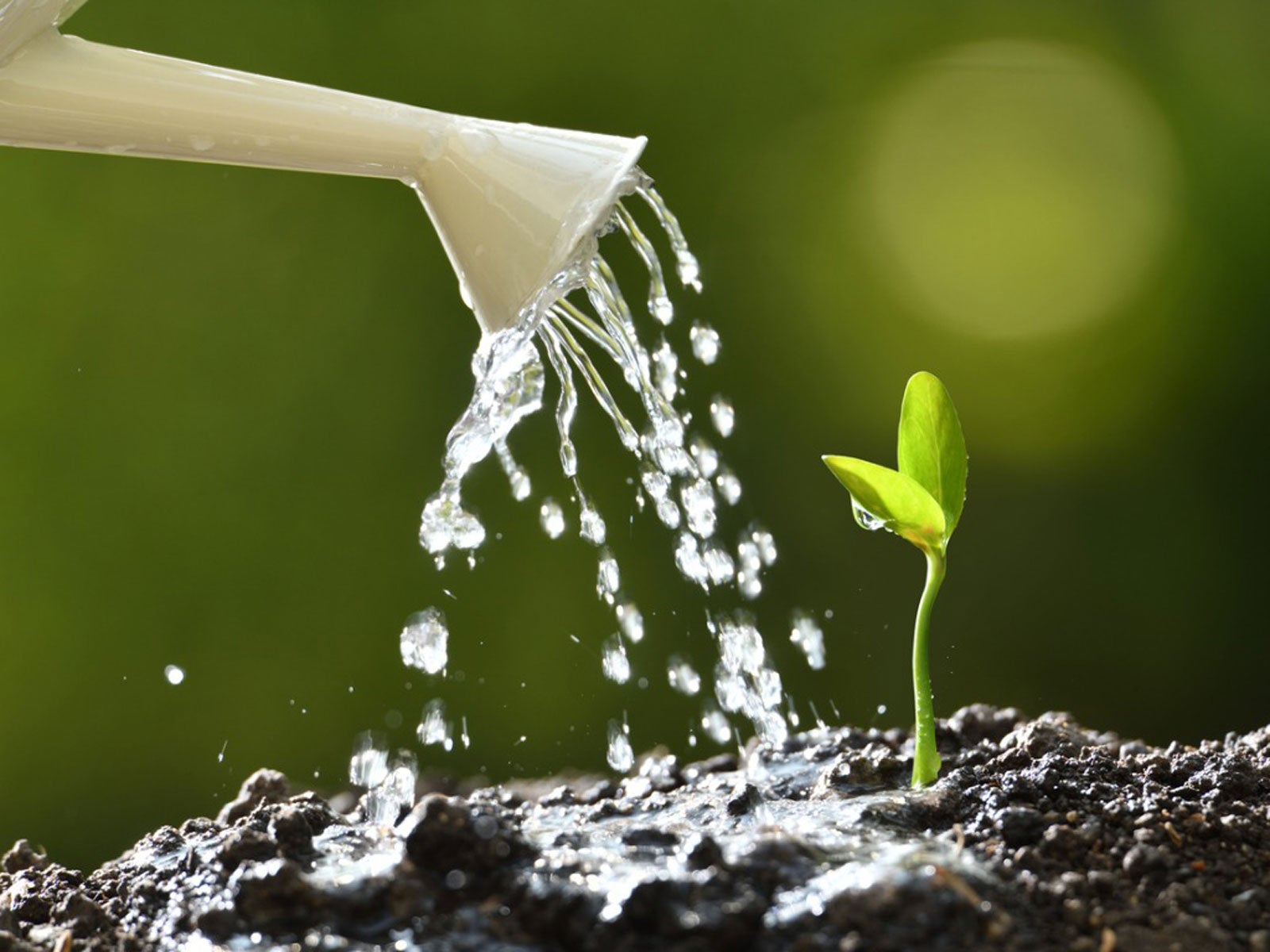
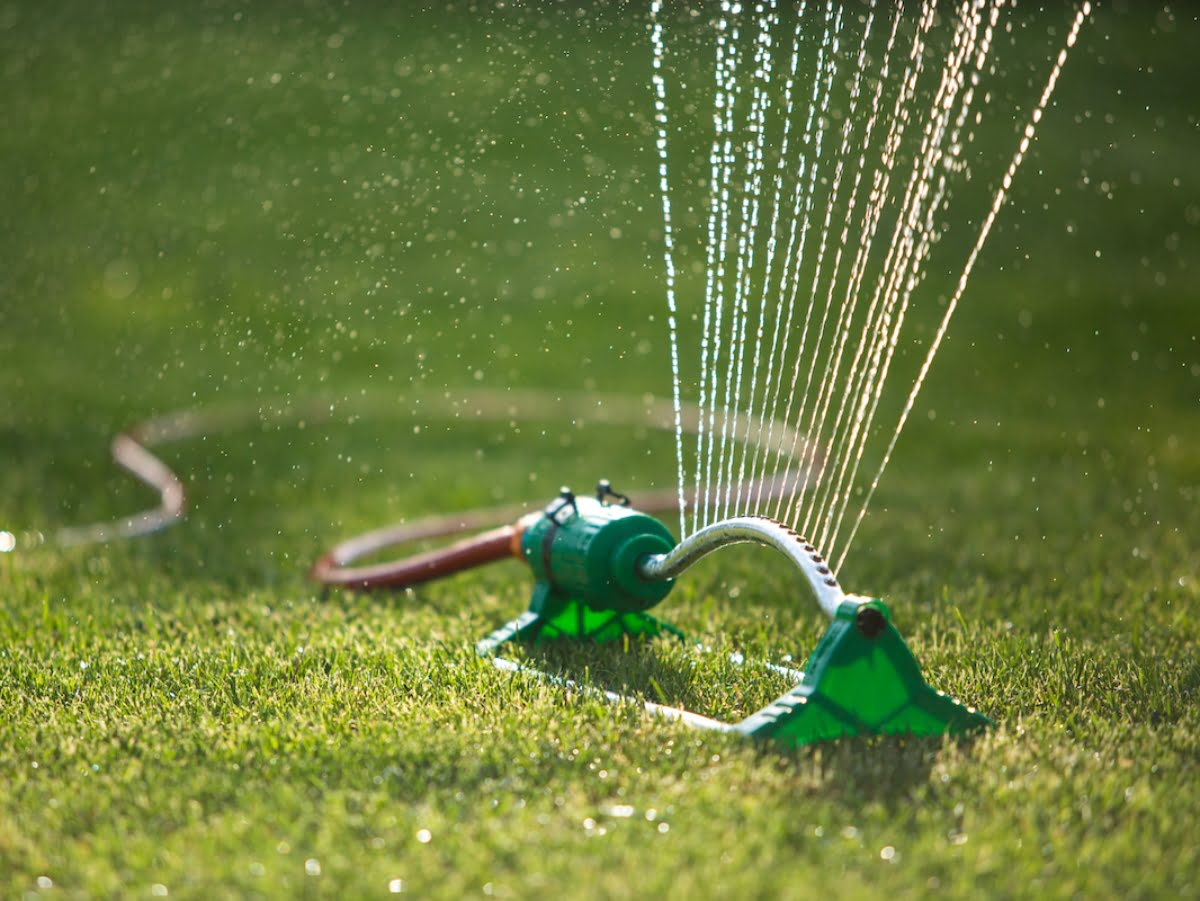
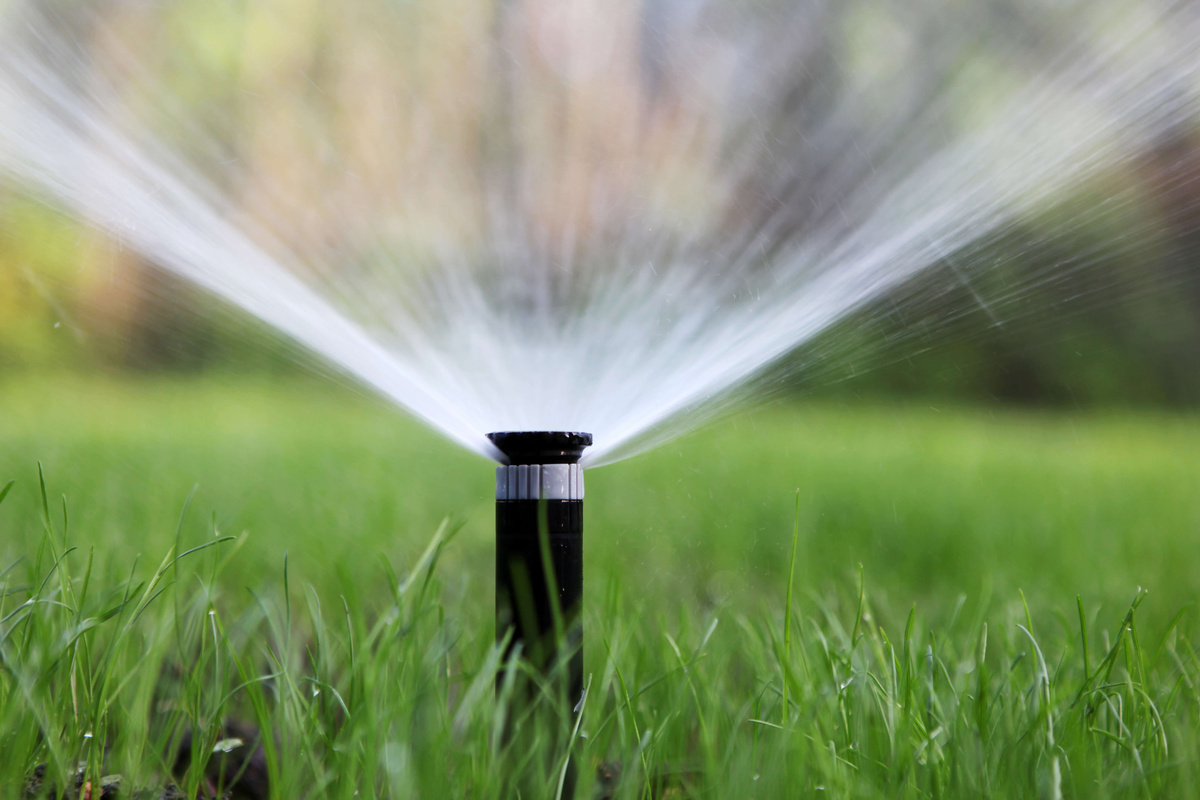
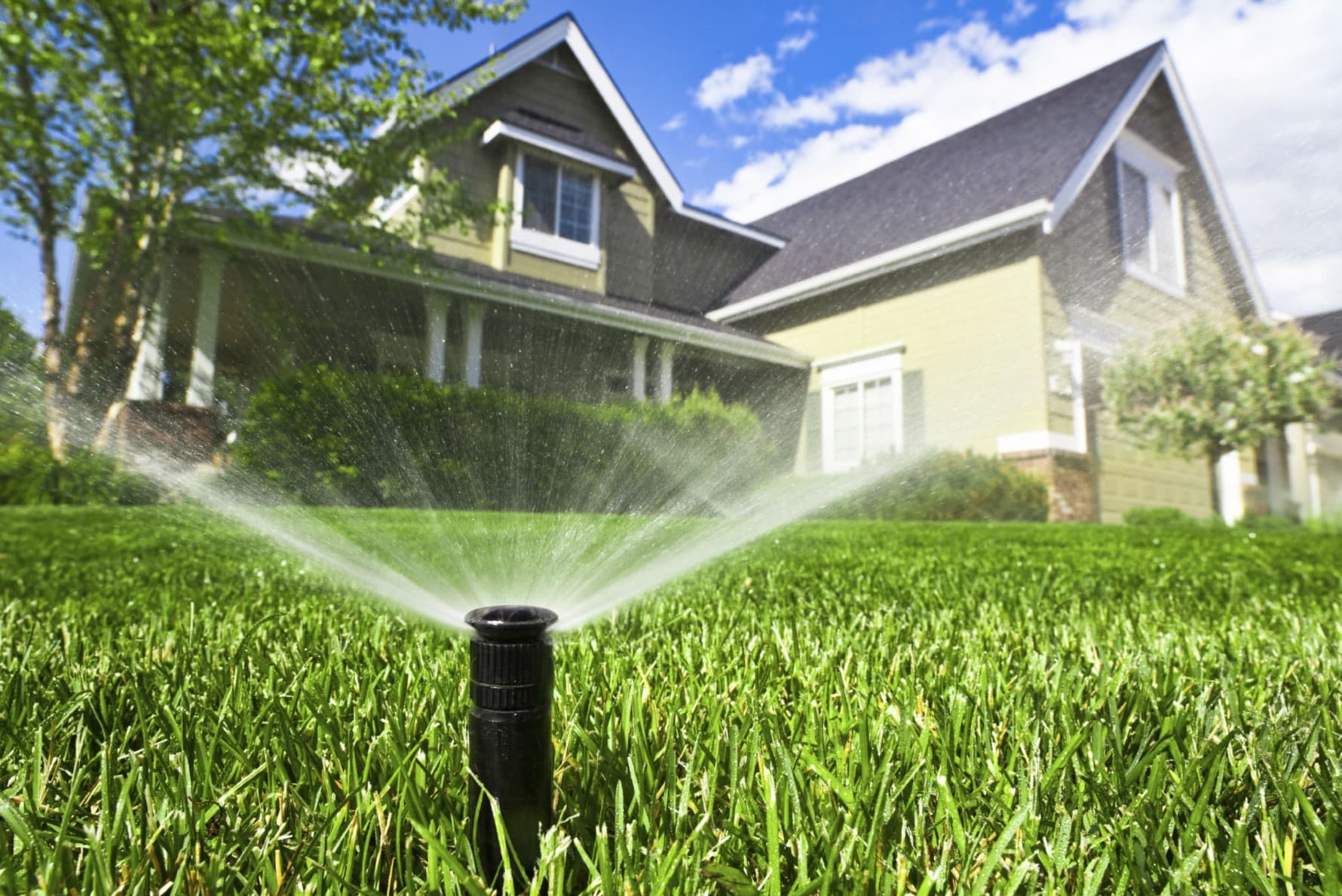
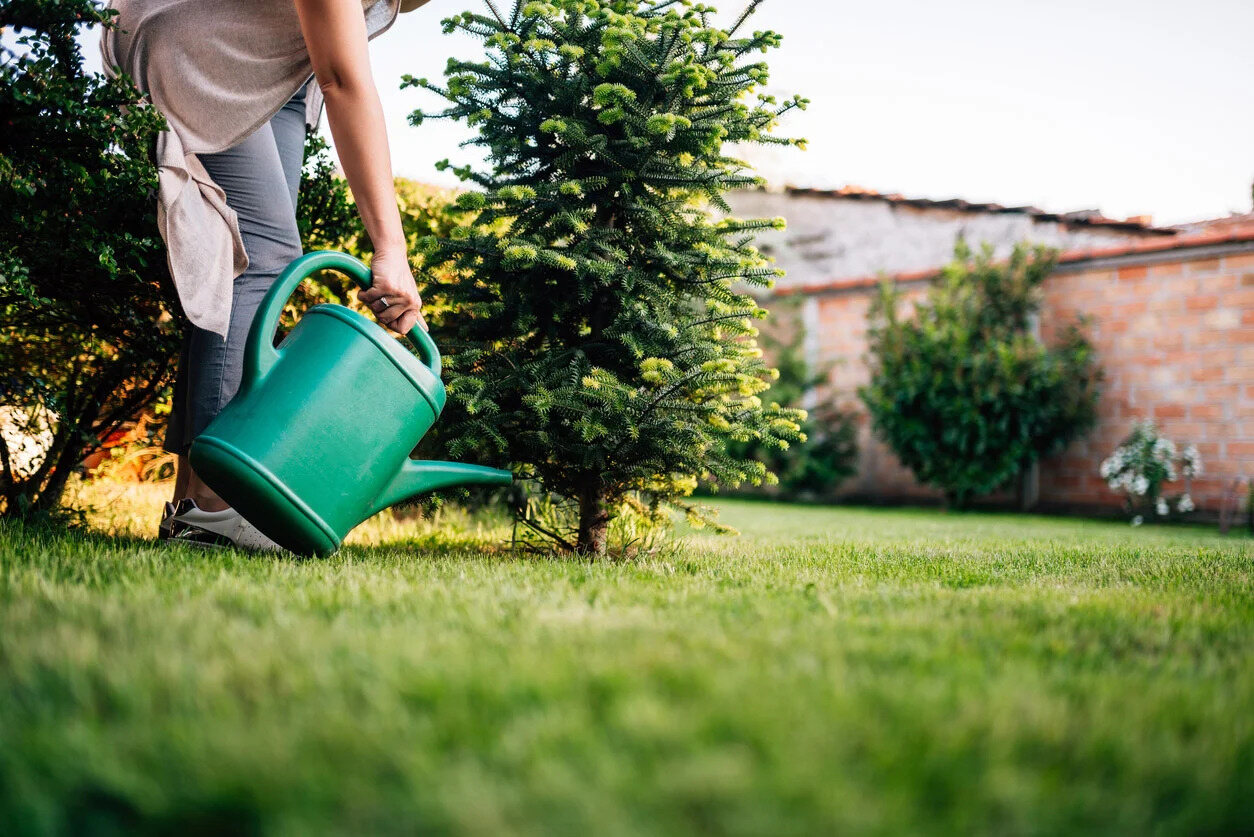



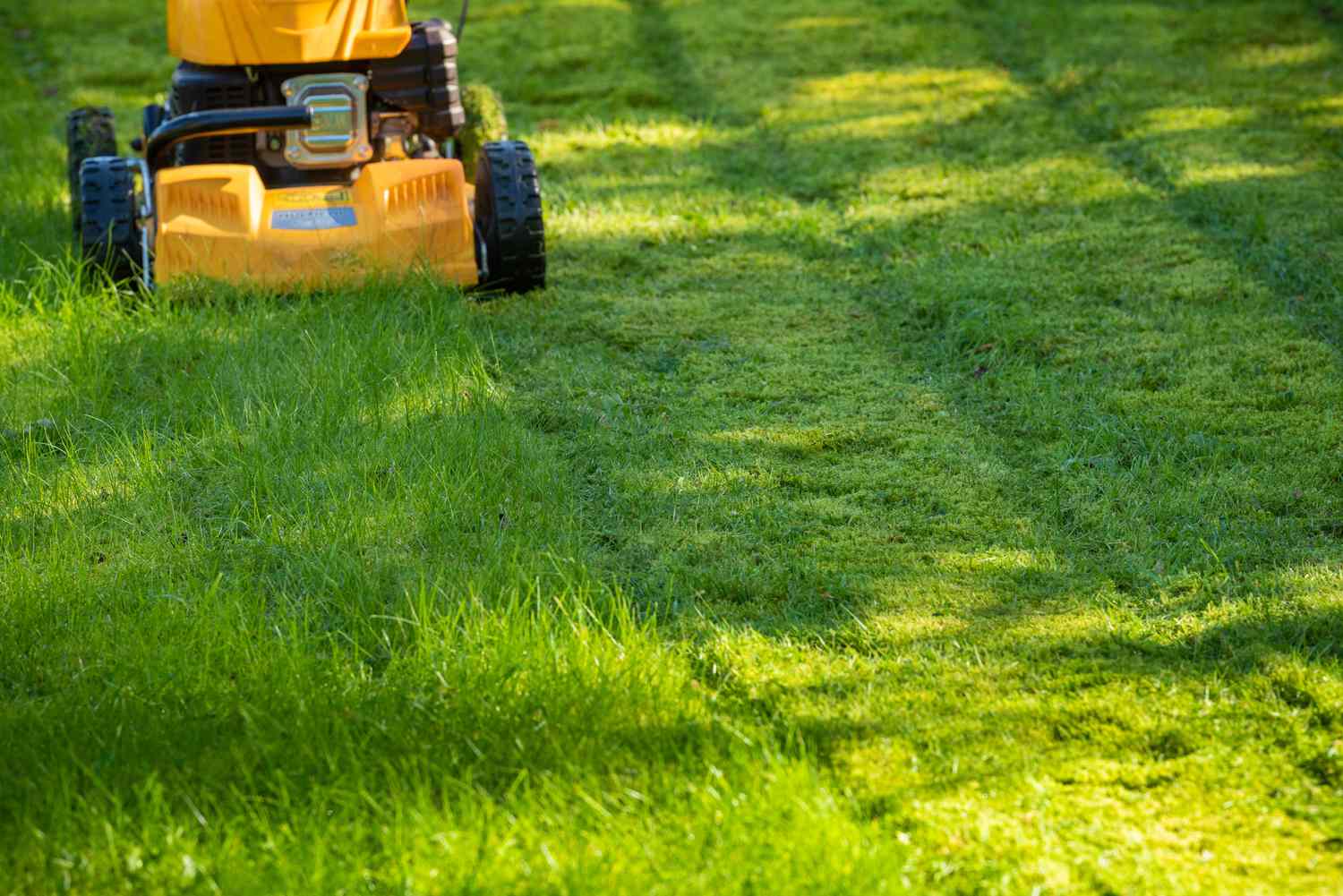
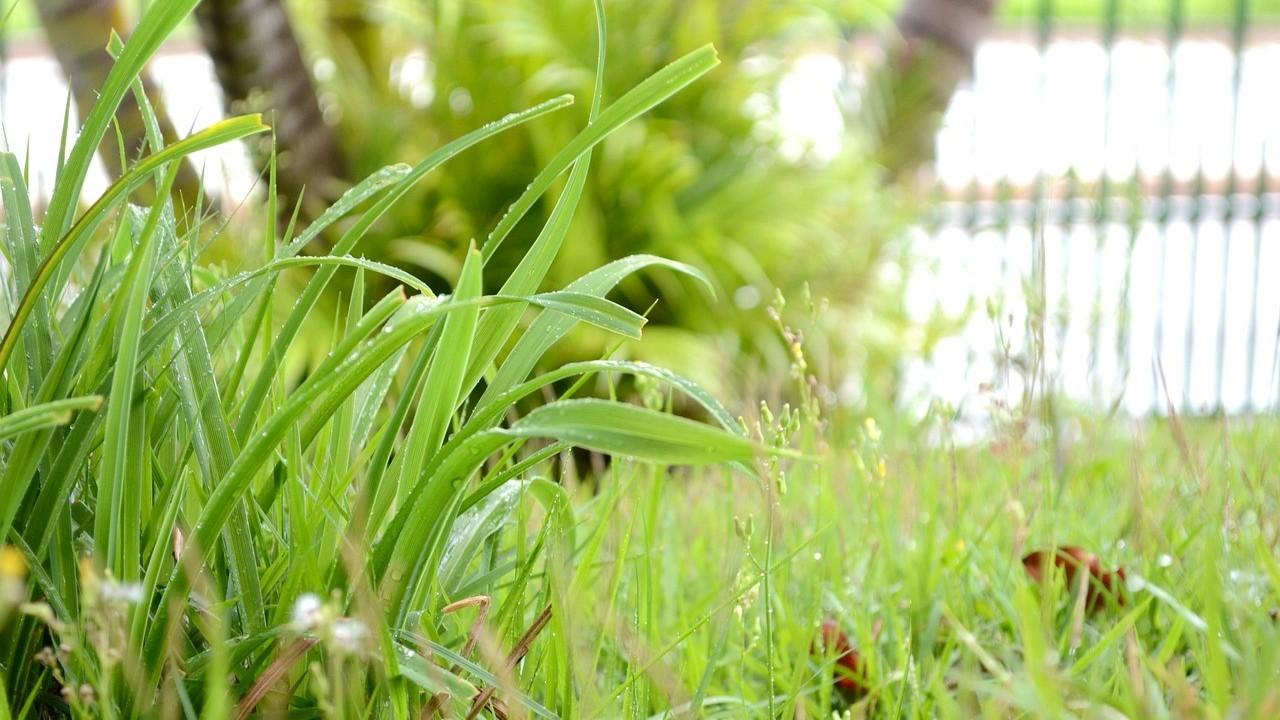
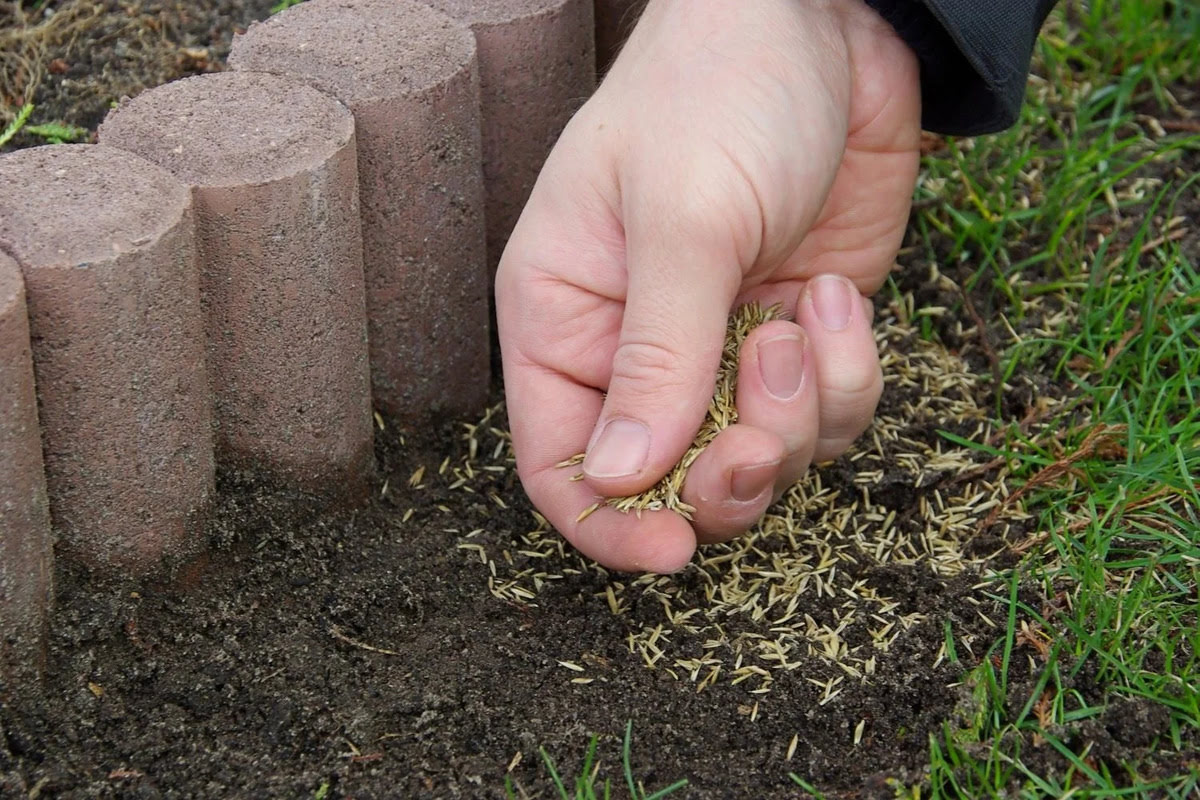


0 thoughts on “How Often Water Grass In Fall”